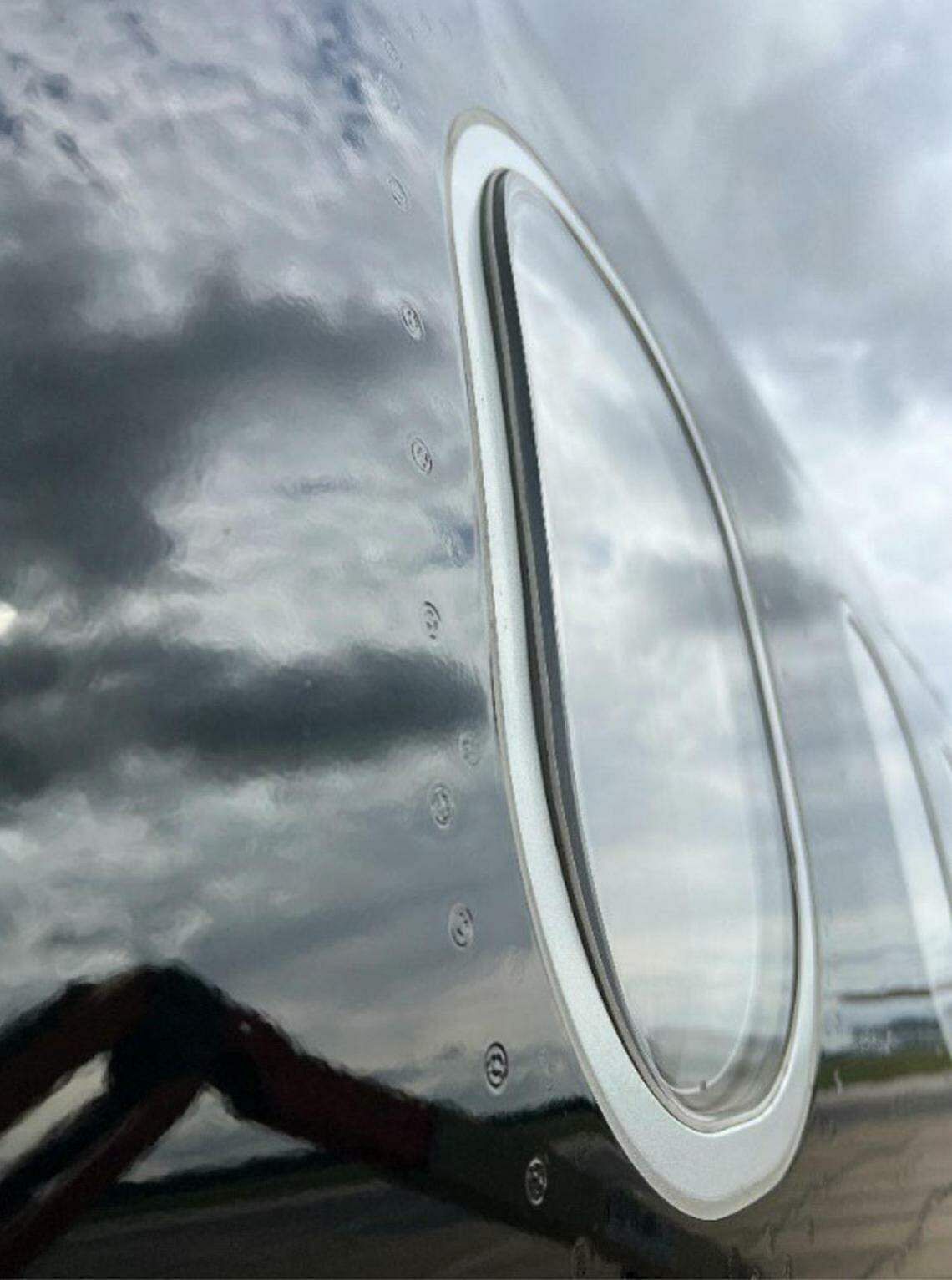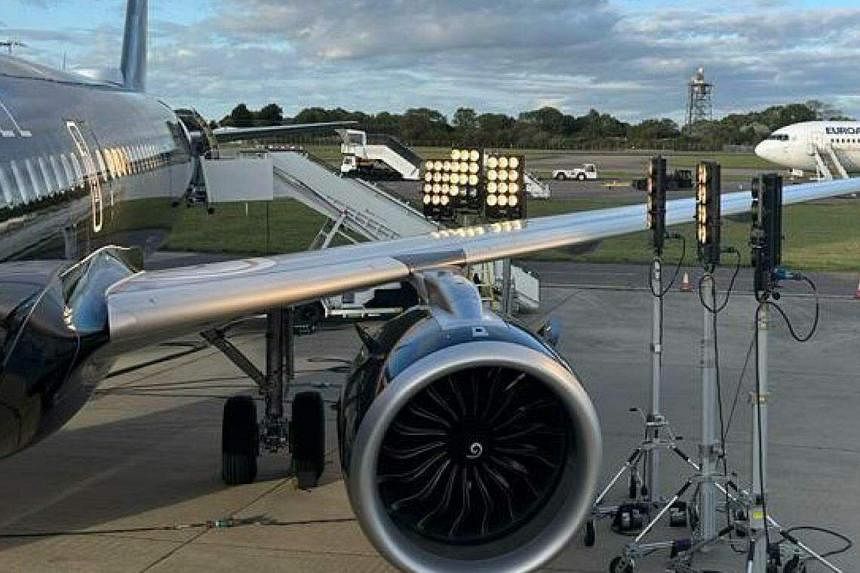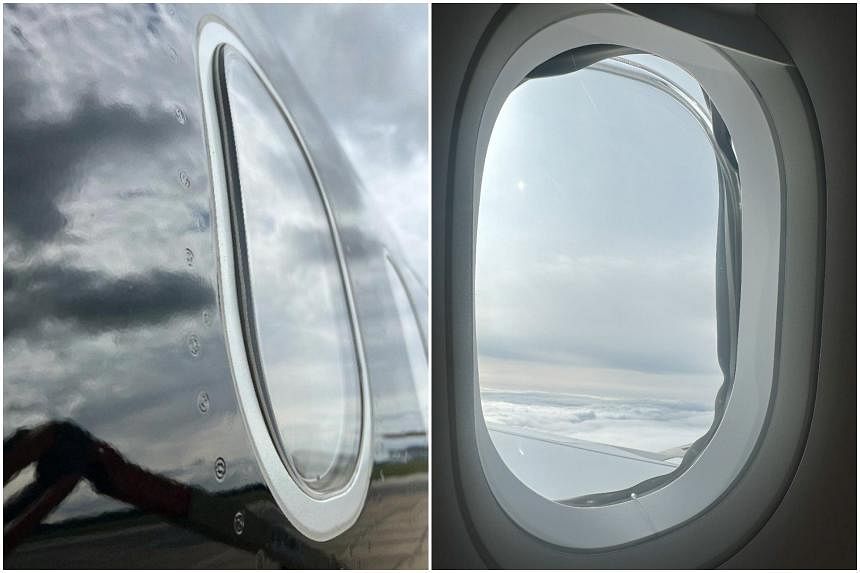Passengers on board an Airbus A321LR that departed a London airport in October were in for a noisier and colder flight than usual when two of the plane’s windows were found to be missing after take-off.
Titan Airways Flight AWC305Y had taken off from London’s Stansted Airport on Oct 4 and was headed to Orlando International Airport in the US state of Florida, according to a report from Britain’s Air Accidents Investigation Branch (AAIB).
The charter flight was carrying 11 crew members and nine passengers, including employees of the airline.
After take-off, the flight crew noticed excessive noise coming from the left side of the cabin’s rear.
The report states that “several passengers recalled that after take-off, the aircraft cabin seemed noisier and colder than they were used to”.
A crew member walked to the area for a closer inspection and noticed that one of the seals around the window pane had become dislodged, with a noise that was described as being loud enough to damage your hearing.
The plane was in the process of its take-off climb and had reached an altitude of 14,000 feet (4,200m) before it was levelled out to stop its ascent and its airspeed reduced so that one of the pilots could inspect the windows.
After assessing the damage, the decision was made for the plane to make a U-turn and land back at Stansted after being in the air for 36 minutes.
Upon further inspection of the aircraft’s exterior after landing, two window assemblies were found to be missing, while the inner pane and seal of a third window were dislodged.
An aircraft window assembly consists of the inner and outer panes and the window seal.
According to the report, “there were no abnormal indications on the flight deck and the aircraft pressurisation system was operating normally... the cabin had remained pressurised normally throughout the flight”.

The inspection also found that a fourth window pane was protruding from its frame and the underside of the plane’s left elevator was damaged, with bits of acrylic found lodged on the panel of the elevator.
All four of the affected windows were adjacent to each other.
A shattered window pane was recovered during routine runway inspection performed after the plane had landed.
The damage was attributed to the incorrect use of filming lights the day before the flight.

The lights were to be used at a minimum distance of 10m, but had been placed at a distance of 6m to 9m from the aircraft while shining at the plane’s body for around five hours.
Some of the affected windows’ seals were found melted and the window panes deformed, the report said, adding that the windows had been correctly and safely installed.
The report said that while it could not confirm that the lights were the cause of the damage to the plane’s windows, investigations will continue with the aircraft manufacturer and the aircraft operator to prevent a similar incident in the future.
Concluding its reports, AAIB said: “Whereas in this case the damage became apparent at around 10,000 feet (3,050m) and the flight was concluded uneventfully, a different level of damage by the same means might have resulted in more serious consequences.”


